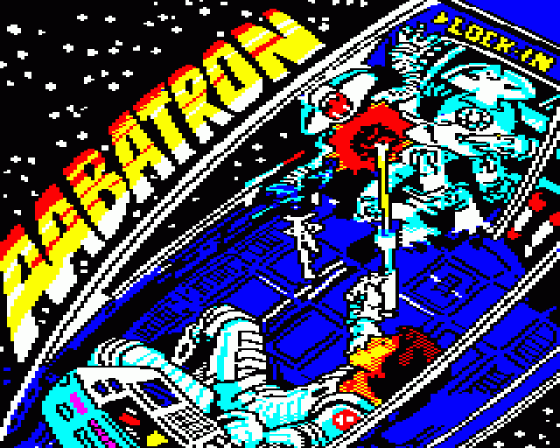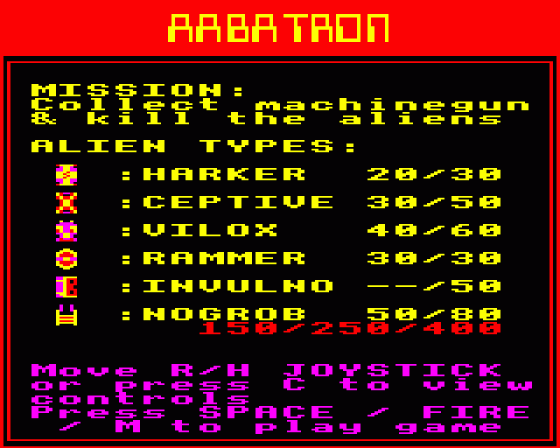Other Reviews Of Aabatron For The BBC/Electron
Aabatron (Bevan)
A review by Jonathan Evans (A&B Computing)
Aabatron (Bevan)
The Aliens Fight Back!
Aabatron (Bevan)
A review by D.R. (Home Computing Weekly)
Aabatron (Bevan Technology)
A review
Aabatron (Bevan Technology)
A review


 1st January 2007
1st January 2007

















